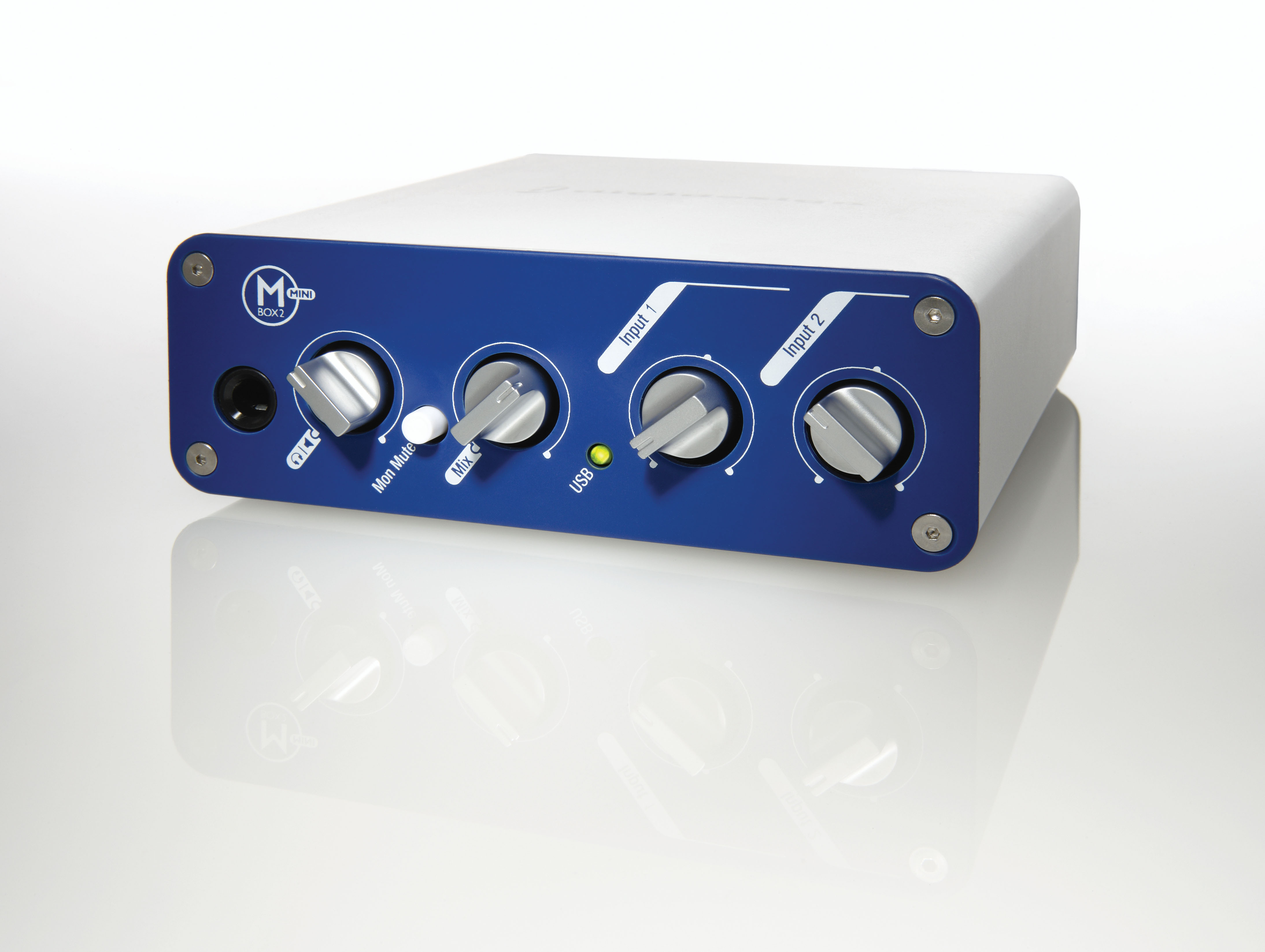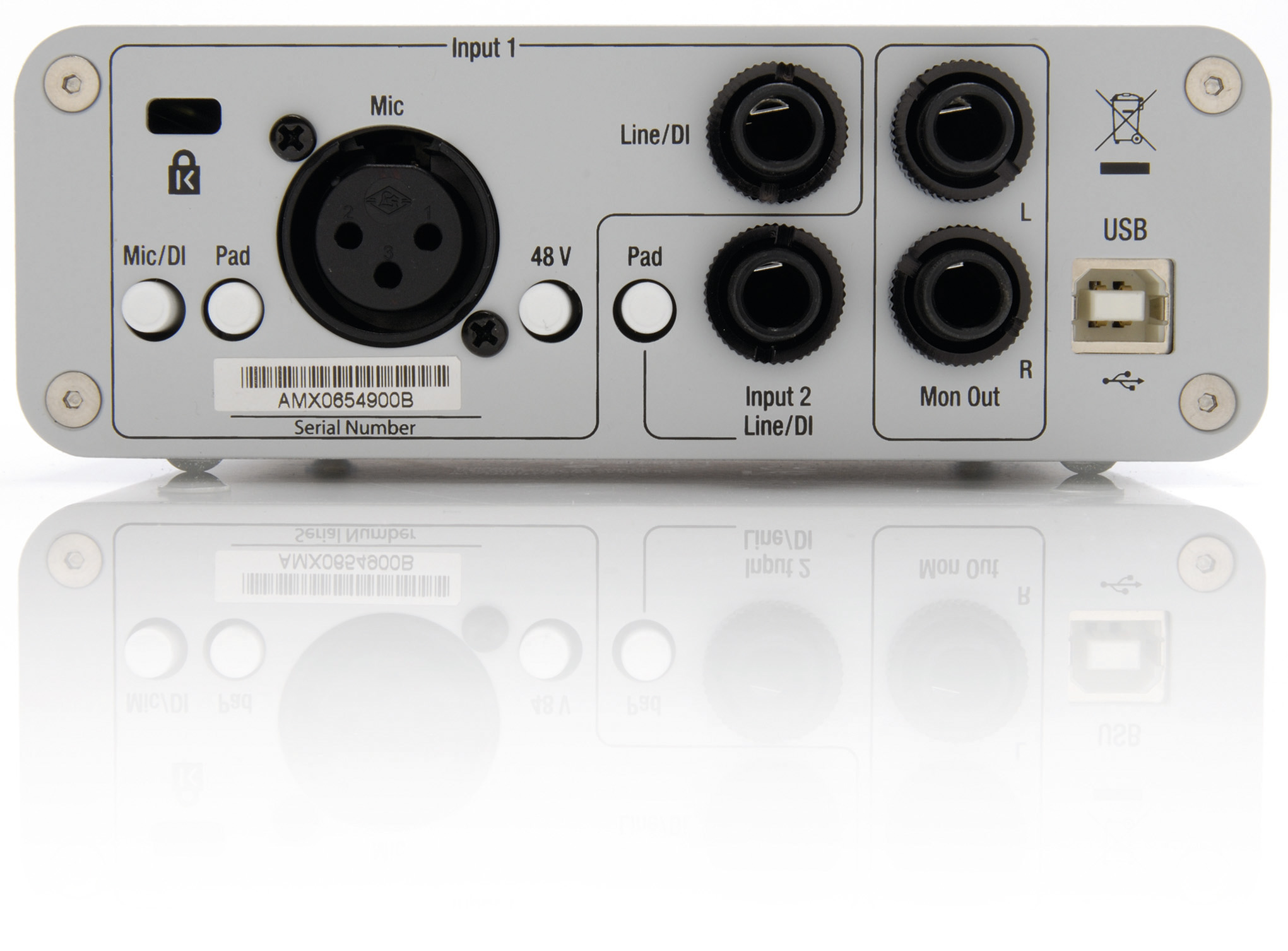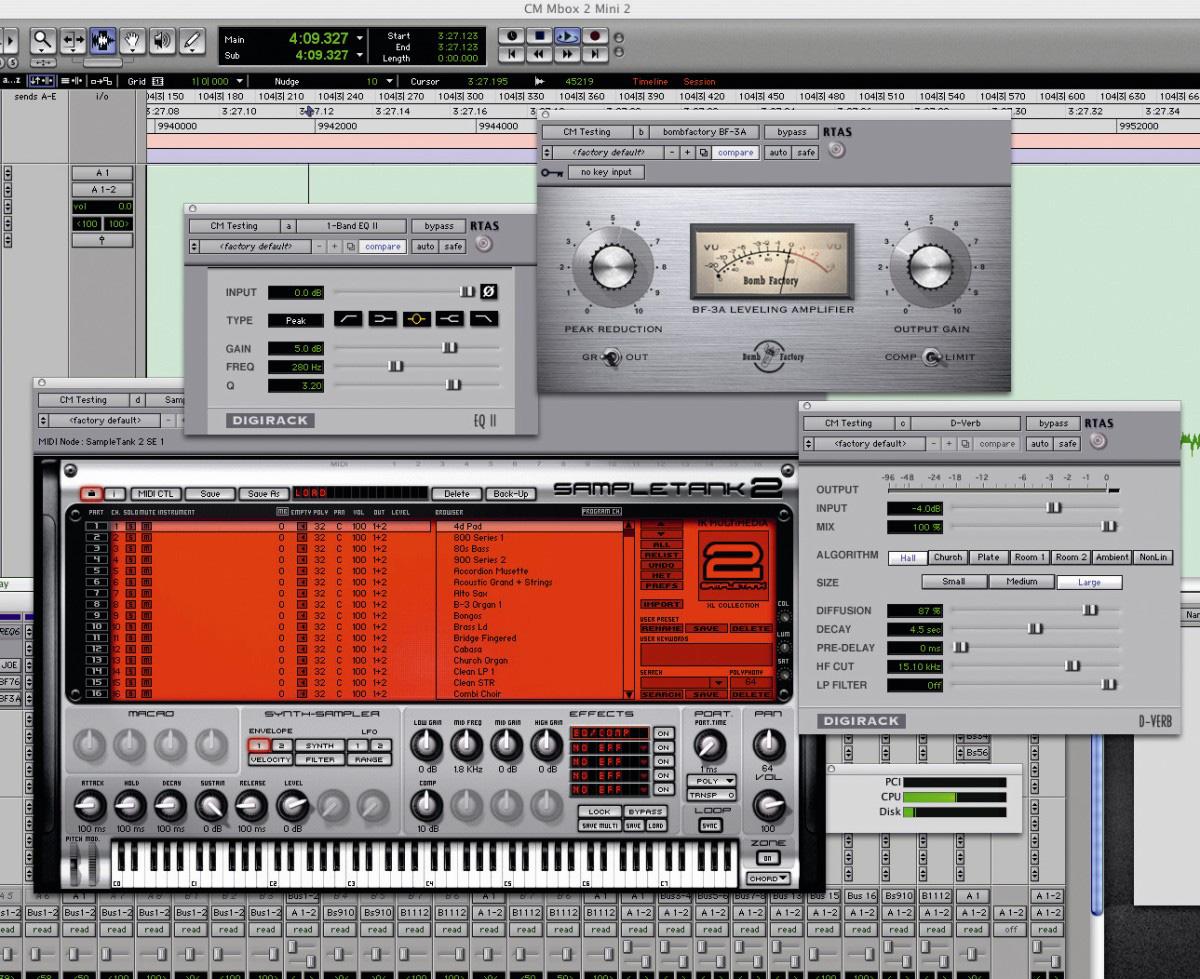MusicRadar Verdict
The Mbox 2 Mini represents an easy, affordable route into the world of Pro Tools, though an M-Powered solution will be better for some.
Pros
- +
Good value. Compact and tough box. Easy to set up. Educational tutorial DVD. Useful extra software.
Cons
- -
No MIDI or digital I/O. 48kHz maximum sample rate.
MusicRadar's got your back



Until recently, the very cheapest way to get hold of a Pro Tools system was to buy a copy of the M-Powered version of the software and a compatible M-Audio interface. However, thanks to the launch of the compact Mbox 2 Mini, it´s Digidesign themselves who, based on current recommended retail prices, now provide the most affordable option.
This new device sits below the standard and Pro versions in the Mbox 2 range, and, like them, ships with a copy of Pro Tools LE. What this means is that the Mbox 2 Mini is very much an all-in-one solution. What´s more, it´s extremely easy to set up: simply install Pro Tools LE, plug in the hardware and you´re ready to go. Although a registration code is required, it´s really the interface itself that acts as the copy protection device.
Features
The Mini is packaged in a suitably compact box and ships with the Ignition Pack software bundle and a USB cable. There´s no paper manual, but clear quick-start instructions are included and full-on documentation is provided in PDF format. You also get a copy of Digi´s Method One tutorial DVD, so there´s very little room for confusion, whatever your level of knowledge.
So what does the Mbox 2 Mini offer? Well, you´ll have gathered already that it´s USB (version 1) and it offers 2-in/2-out audio functionality. What it doesn´t have is any digital connectivity, and, surprisingly, there´s no MIDI either. The main input is presented as both an XLR (with phantom power and a 20dB pad) and a separate jack for line/DI signals. Input 2 is just a simple line/DI jack (again with pad).
The twin jack outputs (labelled as monitor outs) tie in with the front panel Level and Mix controls. The first knob controls the overall output level (including the headphone level), while the second blends the input signals with the main output (software outs 1 and 2). This gives you basic hardware monitoring when overdubbing. There are also two input level control knobs. Thankfully, like the standard Mbox 2, the Mini is powered over USB. This means that on-the-go musicians won´t have to worry about carrying a power supply or - more importantly - finding somewhere to plug it in. We should also mention that the Mini installer includes CoreAudio, ASIO and Wavedriver audio drivers.
What works
It´s very easy to transfer Pro Tools sessions between the different software versions, so the Mini will probably appeal to existing Pro Tools users who want to work on their laptops. However, it´s worth remembering that LE is limited to 32 tracks of audio (48 if you buy one of the Toolkit expansions) and that the Mini hardware supports a maximum sampling rate of 48kHz. This being the case, our 88.2kHz sessions simply wouldn´t open when we tried them.
The wisdom of using the USB 1.0 protocol for the standard Mbox 2 was questioned when that product was released (you´ll note that the Mbox 2 Pro uses FireWire), so we thought it prudent to put the Mini through its paces by firing up an existing, heavily-loaded LE session and attempting to overdub onto it. This worked well, indicating that when you´re dealing with just stereo ins and outs, USB 1.0 can cope adequately. What´s more, we didn´t encounter any of the ‘white noise´ problems that have been reported by some people when using Digi´s USB interfaces.
The Pro Tools LE software is now at version 7.1 and, like previous versions, uses the RTAS (RealTime AudioSuite) plug-in format. Support for this is pretty widespread, though not as extensive as for VST. However, it is possible to buy a third-party wrapper (FXpansion´s, for example) that will enable you to run VST plug-ins too. One of the things you may be wondering at this point is how Pro Tools LE differs from the similarly spec´d Pro Tools M-Powered.
First up - and as we´ve already suggested - LE can only be bought in a bundle with one of Digi´s audio interfaces. However, it´s also worth noting that the DV Toolkit 2 plug-in expansion pack (aimed at video post production users) is an LE exclusive. This includes the rather cool VocALign plug-in and DigiTranslator OMF (among others), so if these additional tools are important to you, LE definitely has the edge over its M-Audio-branded twin.
Verdict
So where does this leave the Mbox 2 Mini? Basically, it´s a very straightforward and well made music production system, and the fact that it undercuts the most affordable M-Powered setup is significant. However, it´s a shame that Digi have whittled down the features so much - if you need digital connectivity or MIDI I/O, the Mbox 2 is a better bet. Furthermore, the lack of support for high sampling rates may deter hardened Pro Tools users from buying what would otherwise be a compact solution to run on a laptop. If this is what you´re after, there are a number of affordable M-Audio interfaces that offer 96kHz support and can be run alongside Pro Tools M-Powered.
Although it´s great to have plenty of choice - and the Mini certainly gives us more - there´s also a sense that there are now almost too many budget Pro Tools options to consider. The LE and M-Powered brands might benefit from some consolidation.
MusicRadar is the number 1 website for music makers of all kinds, be they guitarists, drummers, keyboard players, djs or producers...
GEAR: We help musicians find the best gear with top-ranking gear round-ups and high- quality, authoritative reviews by a wide team of highly experienced experts.
TIPS: We also provide tuition, from bite-sized tips to advanced work-outs and guidance from recognised musicians and stars.
STARS: We talk to musicians and stars about their creative processes, and the nuts and bolts of their gear and technique. We give fans an insight into the actual craft of music making that no other music website can.
“Excels at unique modulated timbres, atonal drones and microtonal sequences that reinvent themselves each time you dare to touch the synth”: Soma Laboratories Lyra-4 review
“I used everything I knew about music”: How Green Day exceeded expectations with their most ambitious song
YouTube just added AI tools that makes musicians, library music and video editors redundant










